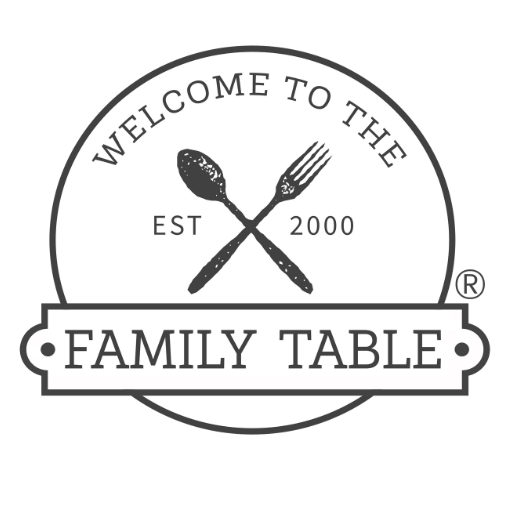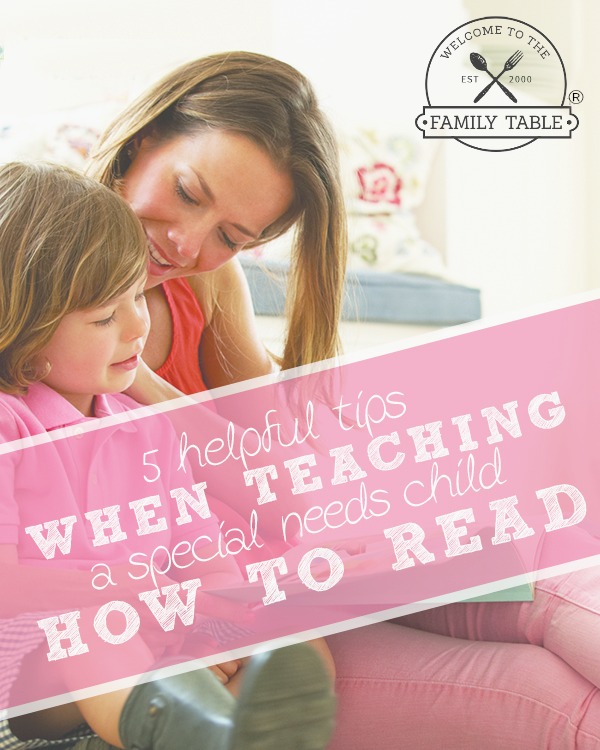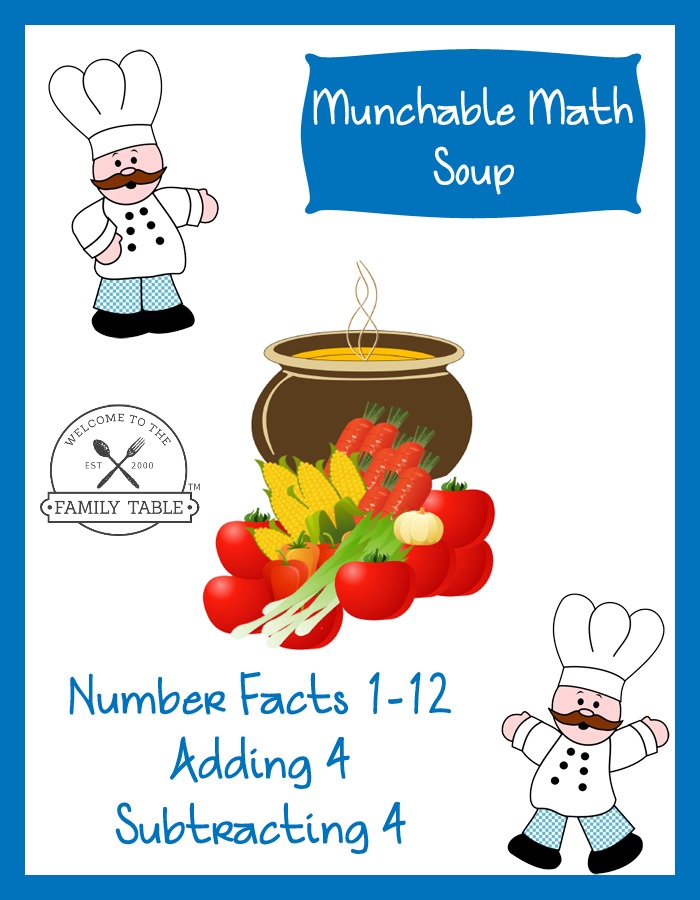Homeschool Notebooking {At All Levels}
Homeschool Notebooking At All Levels
The homeschool method that we turn to again and again for almost every subject is notebooking. With notebooking, you have your child describe on a notebooking page what he learned in his lesson. A notebooking page can be a fancy printable that you purchased or downloaded for free. But it can also be old fashioned lined notebook paper. So notebooking is a very simple and frugal homeschool method.
As I explain in my eBook Notebooking Success, notebooking works with any curriculum and with all educational philosophies. It fosters creativity and higher order thinking. And best of all, you can use notebooking for children of all ages.
Notebooking with Pre-readers
Children who are not yet reading and writing can begin to enjoy notebooking by using highly visual and hands-on components. After reading a story, a preK student can order pictures in the correct sequence or arrange cause and effect pairs.
Time with scissors, crayons, and glue makes notebooking fun for these youngest of learners. But because their attention span is short, keep these notebooking sessions very short — just five to ten minutes at a time.
Notebooking with Elementary Students
I am sure that you have seen paper designed for elementary students that has lines on the bottom for text and a blank space on the top half for illustrations. That kind of layout is perfect for elementary aged students. At this age, notebooking is a combination of text and drawings.
Even if your first through fourth graders don’t enjoy drawing, they can use other methods to decorate their pages — cutting images from magazines or printing them from the Internet.
At this age, you are still doing a lot of supervision of the notebooking. First elicit an oral narration and talk out the best way to summarize the lesson. Then work with your child to narrow that down into a sentence or two that he can copy onto the notebooking page. Composing directly onto the page is too difficult at this stage, so separate the composition from the handwriting with that intermediate step where you discuss the summary.
Another great way to approach notebooking during the elementary years is through the minibooks that are commonly used in lapbooks. Don’t feel overwhelmed by an entire lapbook.
Just try a single wheel book, matchbook, or layered book to summarize the day’s lesson. Then paste that minibook onto hole punched cardstock or slip it into a page protector.
The physical flaps and actions of a minibook help concrete learners understand how to order information into parts and sequences.
Notebooking in Middle School
The middle grades are a shift from dependency in learning to greater independence. So while you may still discuss the narration before writing it and may offer word banks, the composition is up to the child.

Proficiency with handwriting and the rules of grammar make writer an easier task, and students begin to write extemporaneously without much advance planning. You may require a draft before the final notebooking page, but at the end of middle school, a child is capable of mentally organizing and writing a narration that is largely free from error.
At this level, children stop using the more frivolous elements such as cut outs and minibooks and rely mainly on written text to describe their lessons. Drawings, diagrams, graphic organizers and copied images are still used to embellish but no longer dominate the pages.
Notebooking in High School
If you have used notebooking during the earlier years, notebooking in high school requires little from the homeschool mom than to supply the paper and pens.
Fully proficient in summarizing and narrating, a high schooler can write two or three pages to put into a notebook. These assignments can often be developed into full expository essays. The cross curricular writing that notebooking affords is very beneficial to the college bound student who will be faced with essay tests and writing assignments in a variety of courses.
Notebooking sets a wonderful foundation for summarizing, restating, outlining, organizing, and writing. It’s not too early to begin, and it’s certainly never too late to start.
Author Bio:
Jimmie Lanley is the mother of one creative teenaged daughter. Living abroad in China necessitated the original choice to homeschool. But now that she and her family are back in Tennessee, Jimmie can’t imagine any other way to educate her middle schooler. Jimmie’s Collage is where she blogs about her Charlotte Mason styled homeschool. In the early years, Jimmie’s lesson plans were full of hands-on activities and lapbooks. As the years passed, she began using more and more notebooking and became so passionate about the method that she created her second blog, The Notebooking Fairy. That site features free notebooking printables and how-tos plus the affordable eBook guide Notebooking Success.
More from the Homeschool Methods and Approaches Series…



